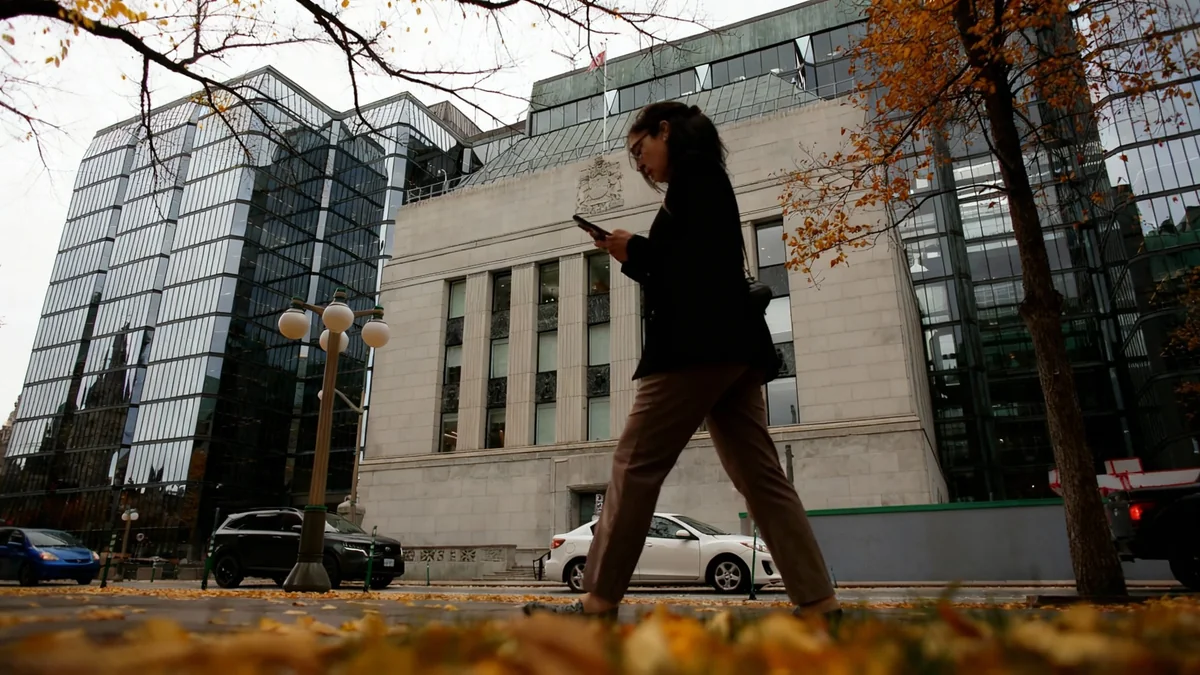The Indian rupee remained stable in a narrow range on Wednesday, holding just above its all-time low against a strengthening U.S. dollar. Market participants attribute this stability to consistent intervention by the Reserve Bank of India (RBI), which has actively worked to prevent the currency from depreciating further.
Key Takeaways
- The Indian rupee closed at 88.7975 against the U.S. dollar, narrowly avoiding its record low of 88.80.
- The Reserve Bank of India is reportedly intervening in both spot and forward markets to support the currency.
- A strong U.S. dollar, which has gained over 1% against major currencies this week, is putting sustained pressure on the rupee.
- RBI's actions in the swap market have pushed the 1-year dollar-rupee forward premium to its lowest point since late August.
Rupee Clings to Support Level Amid Dollar Surge
On Wednesday, October 8, the Indian rupee concluded the trading day at 88.7975 per U.S. dollar. This level is remarkably close to the historic low of 88.80 recorded just last week, highlighting the significant pressure on the currency. Despite the rupee's minimal daily change, the stability is seen as a direct result of central bank actions rather than market equilibrium.
Traders have observed that the RBI has established a strong defensive line around the 88.80 mark. Whenever the currency approaches this level, the central bank appears to step in, effectively capping its depreciation. However, persistent demand for dollars from importers continues to test this resolve, keeping the rupee pinned near its weakest point.
Why Central Bank Intervention Matters
A central bank intervenes in currency markets by buying its own currency and selling foreign reserves (like U.S. dollars) to increase its value. This action helps to manage volatility and prevent sharp, destabilizing declines that can fuel inflation and disrupt trade.
The rupee's managed stability comes at a time when the U.S. dollar is experiencing a broad-based rally. The dollar index, which measures its strength against a basket of six major currencies, has climbed more than 1% this week alone. This global trend makes the RBI's task of defending the rupee even more challenging.
Global Factors Amplify Pressure
The strength of the U.S. dollar is being fueled by weakness in other major global currencies, particularly the euro and the Japanese yen. Recent political developments in Europe and Japan have created uncertainty, prompting investors to seek safety in the dollar.
The euro recently traded down nearly 0.4%, falling to $1.1615. Meanwhile, the Japanese yen weakened to 152.90 against the dollar, a level not seen since February. This widespread dollar strength creates a difficult environment for emerging market currencies like the rupee.
"The real test for USD bears begins this week as FX quant signals deteriorate for both EUR and JPY," analysts at BofA Global Research noted, indicating that quantitative models are signaling further potential weakness for the two currencies.
This dynamic means that even without domestic pressures, the rupee faces a strong headwind from international market movements. The RBI's actions are currently preventing the rupee from following the steeper declines seen in other currencies.
RBI's Multi-Faceted Strategy
The Reserve Bank of India is not only intervening in the spot market. Traders report that the central bank has also been active in the forward markets over the past three sessions. Specifically, the RBI has been conducting dollar-rupee buy/sell swaps for October delivery.
These swaps involve maturities stretching from January to March 2027. By engaging in these transactions, the RBI can influence liquidity and forward pricing without immediately depleting its spot foreign exchange reserves. This is a more subtle but equally important tool for managing currency stability.
Impact on Forward Premiums
The RBI's swap operations have had a direct impact on dollar-rupee forward premiums. The 1-year implied yield, a key indicator derived from these premiums, has fallen to 2.18%. This is its lowest level since August 29, signaling a shift in market expectations influenced by the central bank's actions.
A drop in forward premiums can make it less attractive for traders to hold long-dollar positions against the rupee, providing another layer of support for the local currency. This demonstrates a strategic, two-pronged approach by the central bank to manage the exchange rate.
Market Awaits Federal Reserve Signals
Looking ahead, market participants are keenly focused on upcoming events in the United States. The minutes from the Federal Reserve's September policy meeting are scheduled for release later on Wednesday. These minutes will be scrutinized for clues about the central bank's future path on interest rates.
In addition to the meeting minutes, several Federal Reserve policymakers are scheduled to speak. Their comments on inflation, economic growth, and the outlook for monetary policy will be critical for currency markets. Any indication of a more hawkish stance from the Fed could further strengthen the U.S. dollar, increasing the pressure on the rupee and testing the RBI's defenses once again.
The current situation remains a delicate balance. The Indian rupee is holding its ground, but only with significant and sustained support from its central bank against a backdrop of global dollar strength and anticipation of key signals from the U.S. Federal Reserve.





